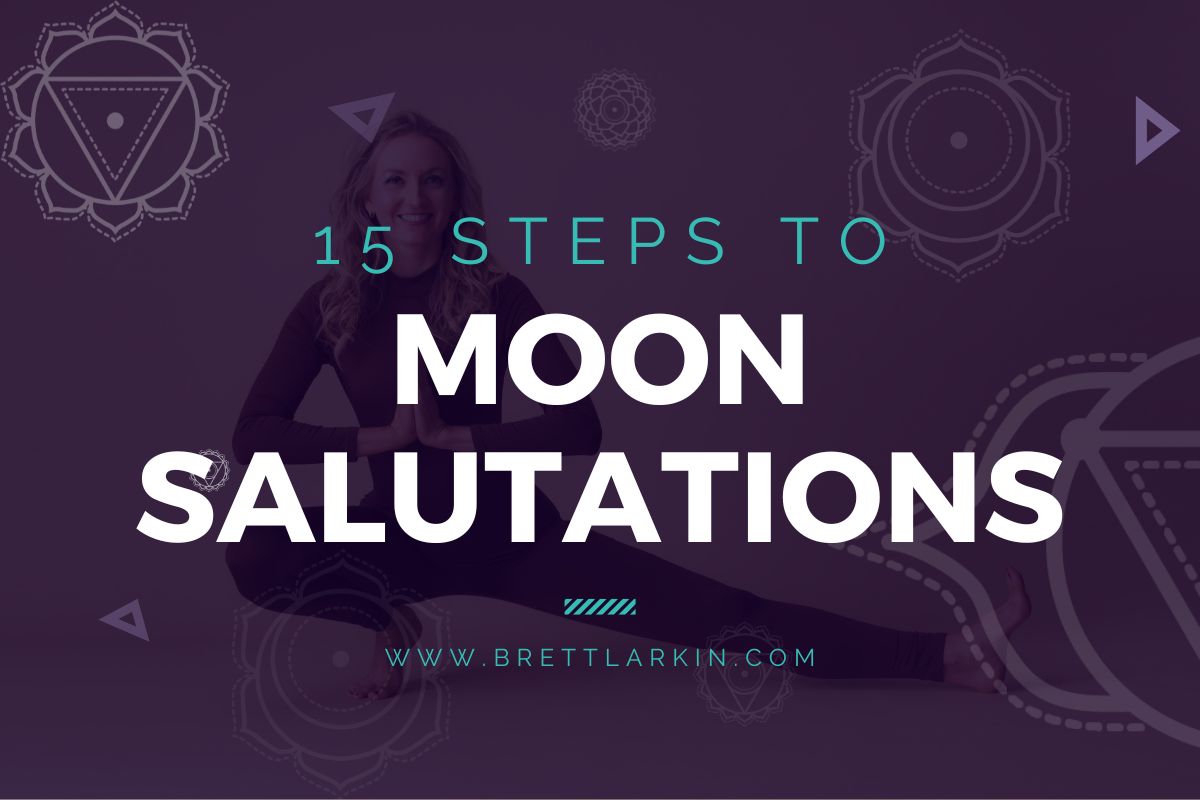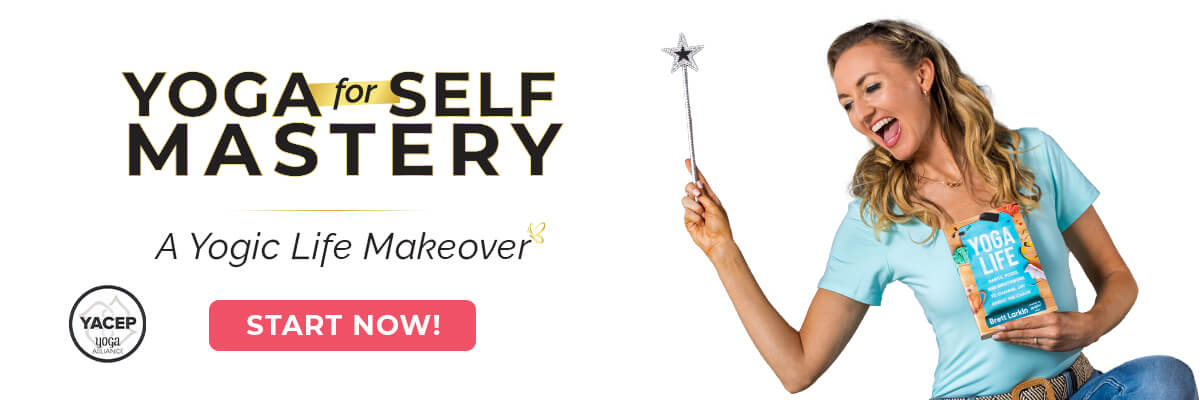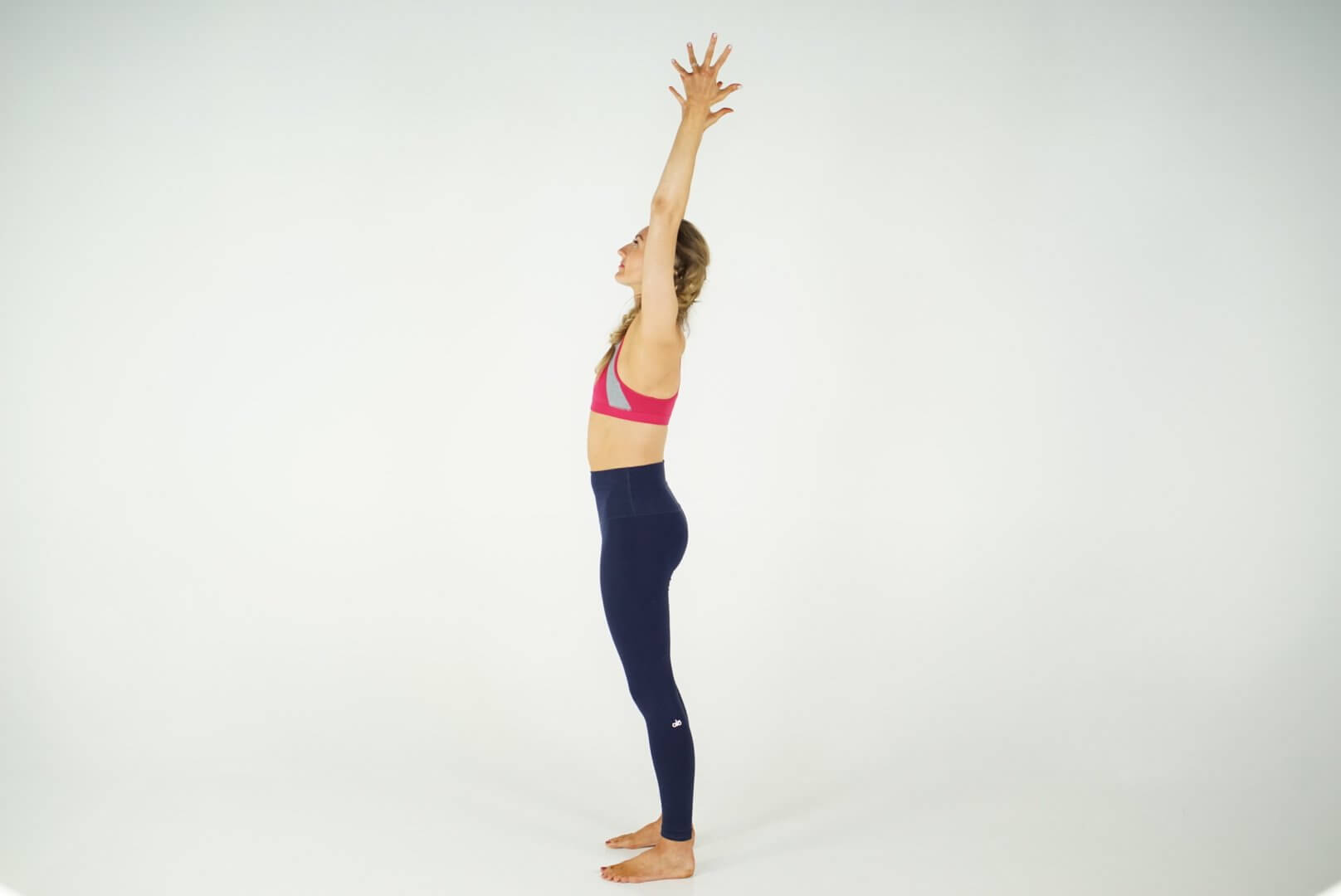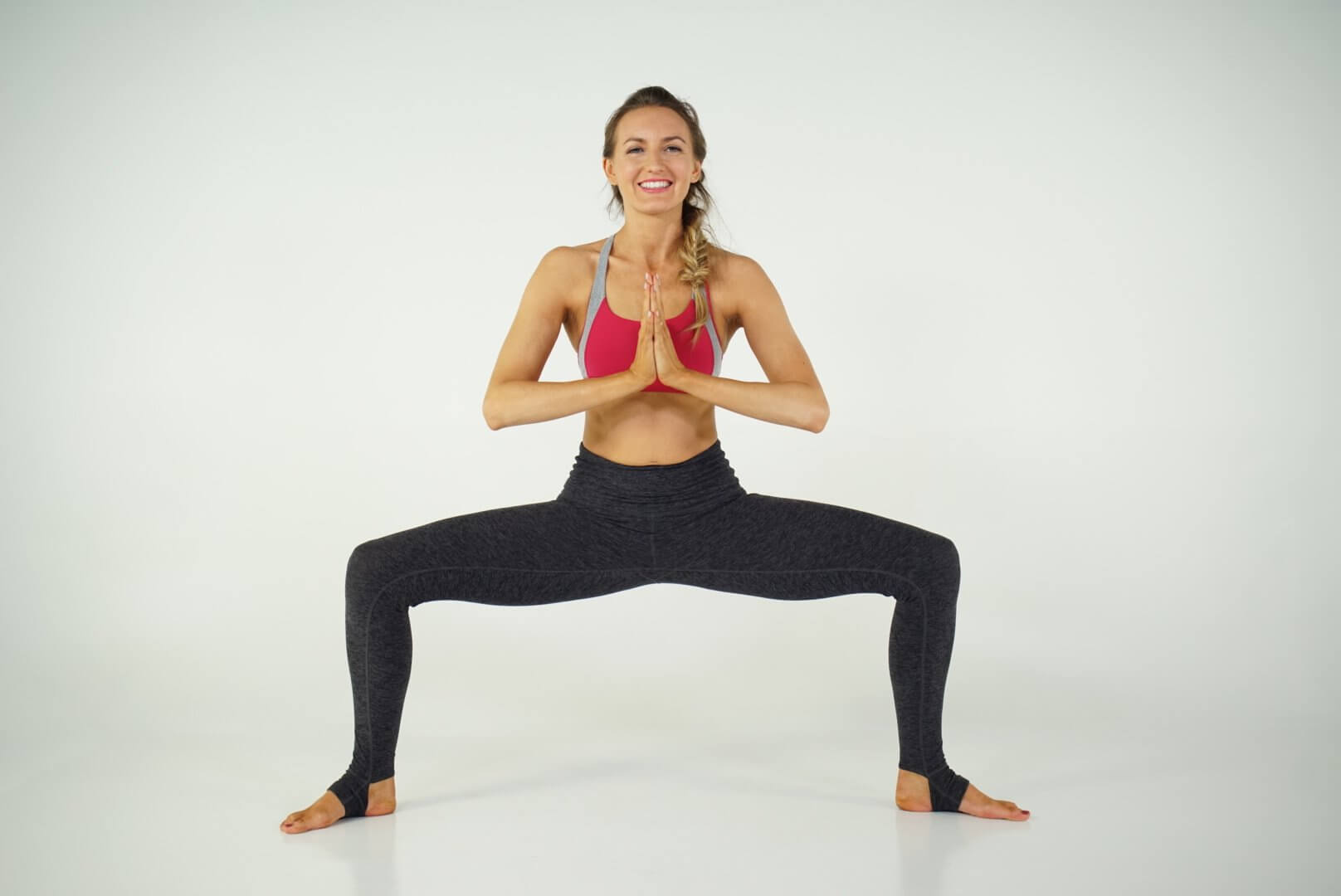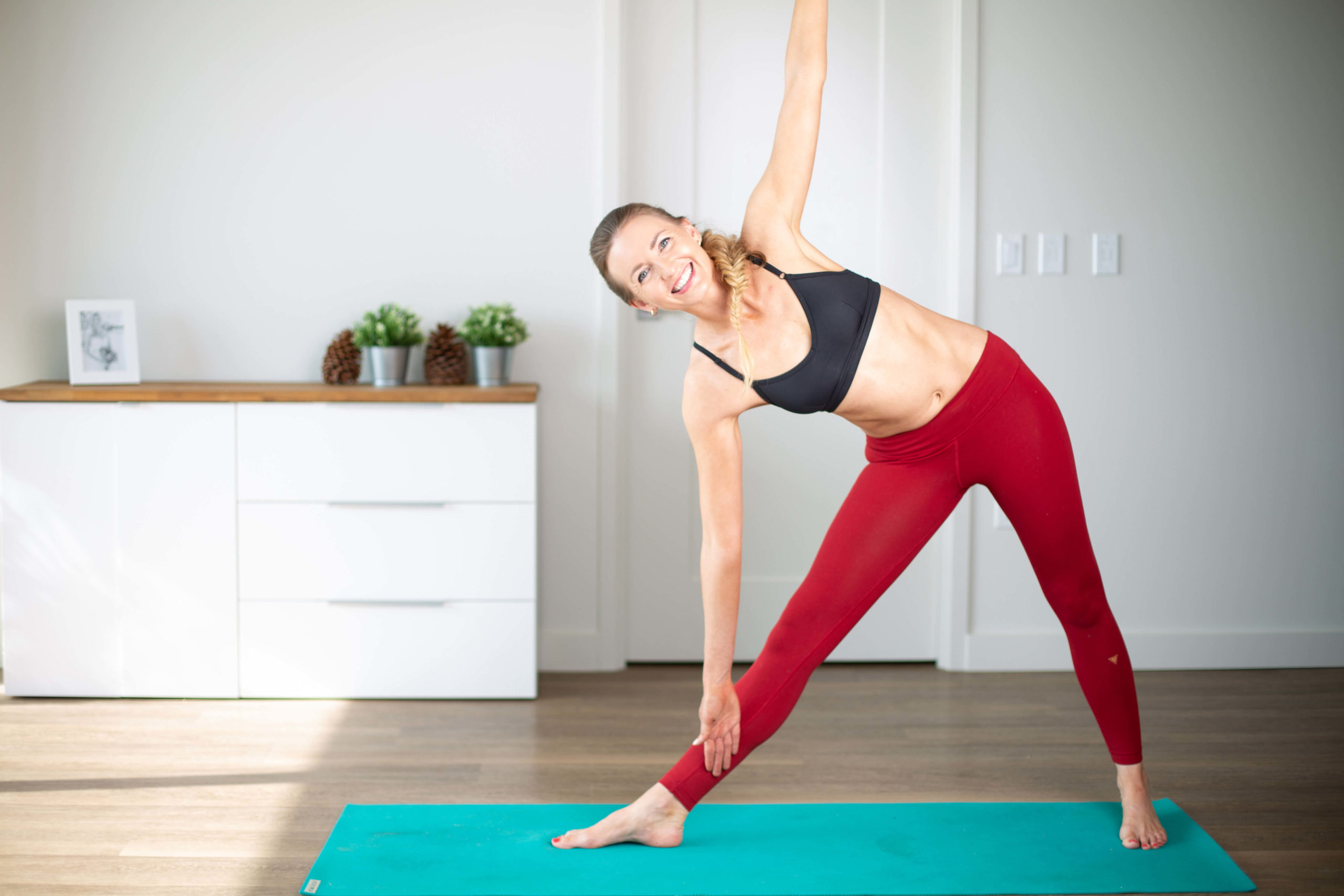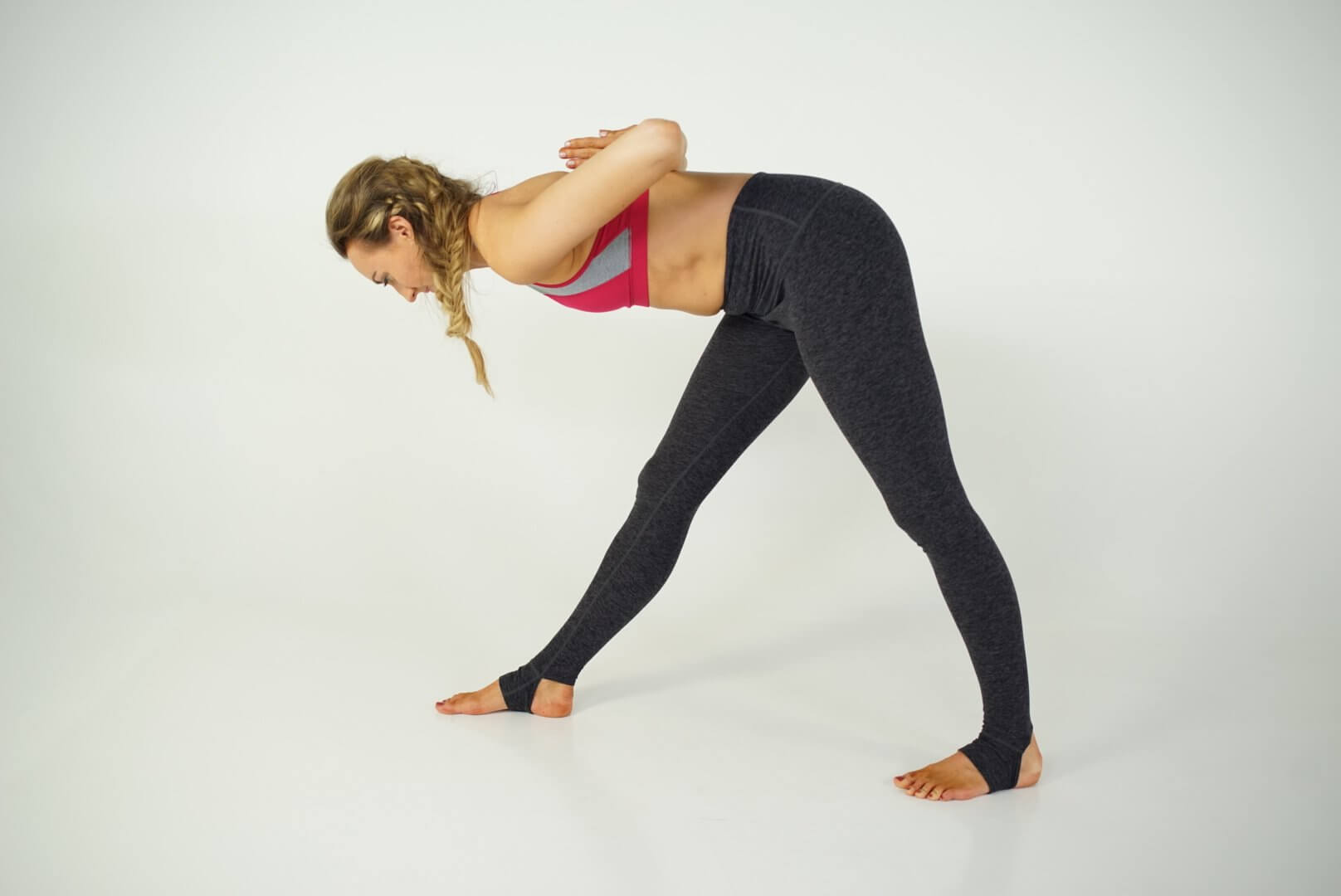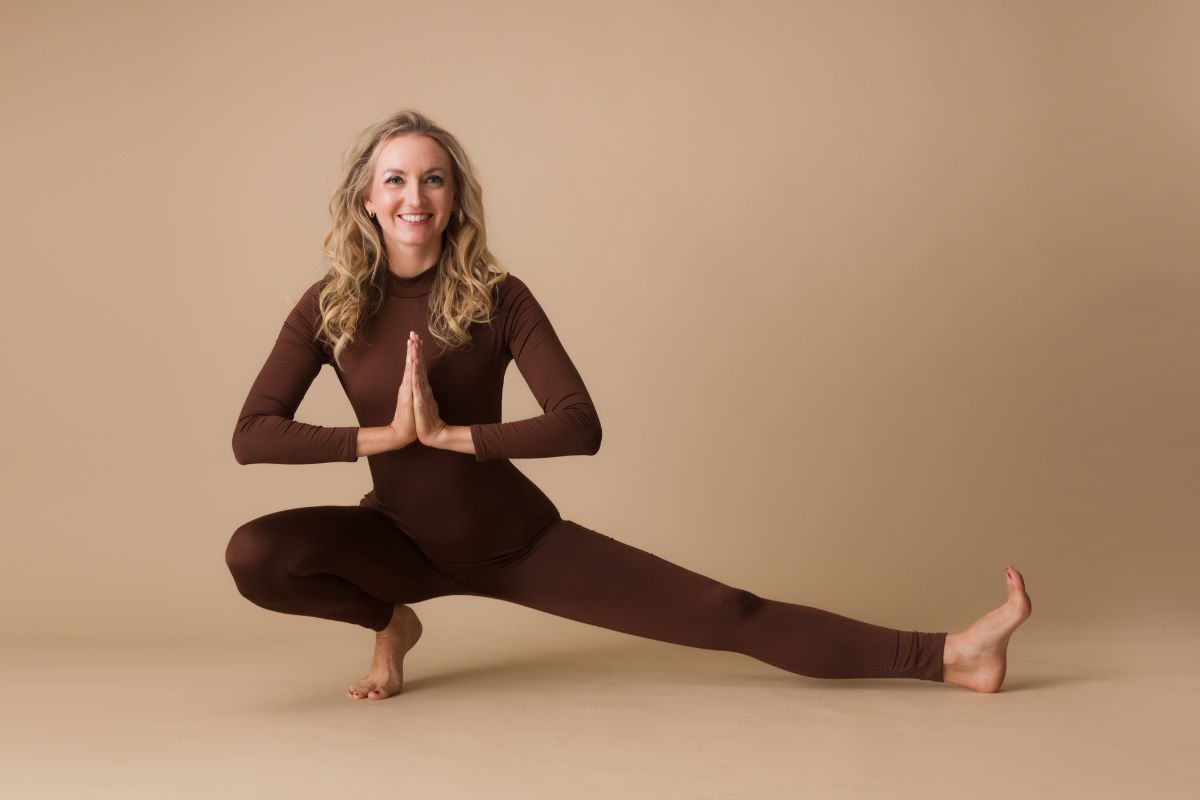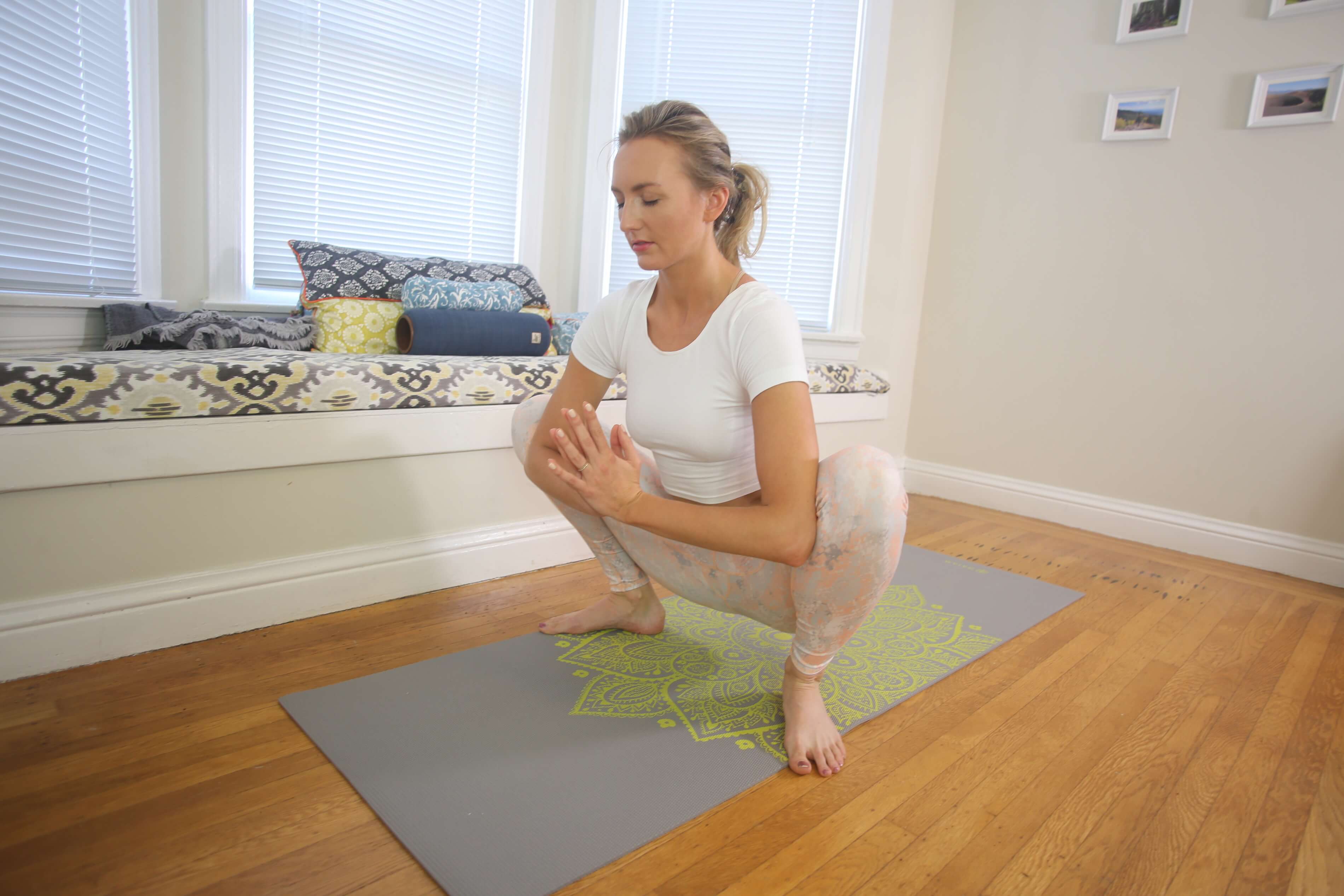The lesser-known Moon Salutation, aka Chandra Namaskar, is a sequence of yoga poses that are designed to honor and connect with the calming and reflective lunar energy. Whereas we start the day with a couple of Sun Salutations, we often practice the Moon Salutation sequence in the evening and more frequently during the cooler phases of the moon.
The cooler phases of the moon, encompassing both the waning (phase leading to the new moon from the full Moon) and new moon phases are often considered to have a more introspective and calming energy compared to the waxing (phase leading from the new moon to full moon) and full moon phases. The cooler phases are seen as an opportunity to turn inward, reflect, and nurture oneself and our life force energy making it the perfect time to salute the moon.
How are Moon Salutations Different from Sun Salutations
One major difference between Sun Salutations and Moon Salutations – besides the asanas – is the starting location on the mat. When starting a Sun Salutation it’s best to start at the top of the mat. This is the sun’s spot on your mat. When starting a Moon Salutation, we start in the middle of the mat; this is the moon’s spot on your mat. Starting off in the position dedicated to the celestial orb you are trying to
connect with will help you make a conscious effort to honor their essence appropriately.
The Moon Salutation is known to be a bit awkward to teach, therefore it is lesser known. Unlike Sun Salutations which are quite set in their poses, the Moon Salutation can differ slightly depending on who is teaching. Since the flow of the Moon Salutation isn’t as intuitive as a Sun Salutation, people adjust this sequence to their body and that is the idea of yoga anyways – uniting the mind, BODY, and spirit. Listen to your body, find the most honoring flow for you today. If it is your first time giving a moon salutation a whirl, a few rounds are recommended so you can find the flow state in this sequence.
Benefits Of Moon Salutations
Coming into yourself with a focus on our nearest celestial neighbor while guiding us to slow down and appreciate the beauty of taking these precious moon sequence movements in our body.
This Moon salutation sequence is grounding and cooling. To practice moon Salutations is to practice connecting with lunar energy, you are letting her know you are open to her energy flowing through you. Take a few deep breaths and let’s get started!
1. Mountain Pose (Tadasana)
Begin standing tall with your feet together or hip-width apart in the middle of the mat to honor the moon. Give gratitude to yourself for being here now. Ground your feet into the middle of the mat, engage your leg muscles, and lengthen your spine. Bring your palms together at your heart center in a prayer position. Establish yourself in a strong and stable foundation.
This pose represents the new moon in the lunar cycle which is associated with new beginnings, fresh starts, and setting intentions. Now would be a great time to set an intention which could be honoring the moon or yourself.
2. Crescent Moon (Urdha Hastansana)
From your standing Mountain Pose (Tadasana), with your feet hip-width apart. As you inhale, raise your arms overhead, extending them fully with your palms facing each other or bringing the palms together. Keep your shoulders relaxed away from your ears, and lengthen your spine. Create a standing half-moon posture on the right side. Hold for a few breaths and take it to the left side.
3. Goddess Pose (Utkata Konasana)
From your Crescent Moon Pose, exhale, and step your feet wide apart out to create a solid stance. Inhale deeply then on the exhale bend your knees, coming into a wide-legged squat. Simultaneously on that exhale bend your elbows to cactus arms, palms forward. Turn your toes outward and lower your hips toward the mat, keeping your knees in line with your toes. Keeping your upper body in line with your hips, try to align your head over your heart.
4. Triangle Pose (Trikonasana)
From your Goddess Pose, Inhale straighten your legs, and extend your arms upward to a triangle. On the exhale bend your right knee and lower your arms to shoulder height. Inhale, Find yourself a Warrior II position. Exhale, and shift the torso forward to the front of the mat. then reach your right fingertips forward and lower your hand to your shin, ankle, or a block. Extend your left arm toward the sky, keeping your chest open and your gaze upward or looking straight ahead. Feel the stretching in the side body and strengthening in the left leg.
Moon tip: Try using a block under your lower hand in your triangle pose to get a really fantastic shoulder rotation.
5. Pyramid Pose (Parsvotonasana)
From your Triangle Pose, exhale and bring both hands to the floor on either side of your right foot. Square your hips by drawing your left forward and your right hip back. Inhale and lengthen your spine, then exhale and fold forward over your right leg, keeping your spine straight. You can place your hands on the floor, on blocks, or reach for your ankles or shins wherever feels most comfortable today. You should feel a deep stretch in the hamstrings and calves.
6. Crescent Low Lunge (Anjaneyansana)
From your Pyramid Pose, bend your right knee. Inhale and cartwheel your arms overhead, coming into a low lunge with your right knee bent and lowering the left knee on the floor. Reach your fingertips toward the sky and gently arch your back, opening the front of your body.
7. Side Lunge (Skandasana)
From your Crescent Low Lunge, exhale and shift your weight to your right foot, allowing your left foot to turn out. Inhale and lower your hips as you bend your right knee, coming into a side lunge. You can place your hands on the floor or keep them in prayer position at your heart center. You should feel this stretching the inner thighs and strengthening the legs.
8. Yogi Squat (Malasana)
From your Side Lunge, transition into a deep squat by bringing your feet wider apart and turning your toes slightly outward. Exhale and lower your hips toward the floor, coming into a Yogi Squat. Keep your heels grounded (if possible) or you can use a rolled-up mat or a blanket for support. Bring your hands together at your heart center and use your elbows to gently press against your inner thighs. You should notice an opening in the hips and a stretch in the lower back.
This pose represents the Full moon of the lunar cycle. We have reached the peak of our brightness and now we begin waning toward becoming new again.
9. Side Lunge (Skandasana)
From your Yogi Squat, inhale and shift your weight to your left foot, allowing your right foot to turn out. Exhale and lower your hips as you bend your left knee, coming into a side lunge on the left side.
10. Crescent Low Lunge (Anjaneyansana)
From your Side Lunge, inhale and shift your weight back to your left foot facing your foot. Inhale and raise your arms overhead, returning to a low lunge with your left knee bent and right knee on the floor.
11. Pyramid Pose (Parsvotonasana)
From your Crescent Low Lunge, exhale and bring both hands to the floor on either side of your left foot. Inhale to straighten your left knee, square your hips, and lengthen your spine. Exhale to fold forward over your left leg, keeping your spine straight.
12.Triangle Pose (Trikonasana)
From your Pyramid Pose, inhale and step your right foot back about 3-4 feet apart from your left foot. Cartwheel your arms out to the sides at shoulder height. Exhale and reach your left fingertips forward, then lower your hand to your shin, ankle, or a block. Extend your right arm toward the sky, keeping your chest open and your gaze upward or looking straight ahead.
This pose represents the Last Quarter moon, spend an extra breath here to notice how your body is responding to this moon salutation.
13. Goddess Pose (Utkata Konasana)
From your Triangle Pose, exhale and bring your hands to your sides, about shoulder height. Inhale deeply as you bend both knees, coming into a wide-legged squat. Turn your toes outward and lower your hips toward the mat, keeping your knees in line with your toes and keeping your heart over your hips. Bend your elbows into cactus arms. Hold here breathing deeply celebrating the moon goddess you have within.
14. Crescent Moon (Urdha Hastansana)
From your Goddess pose, as you inhale, raise your arms overhead, extending them fully with your palms facing each other. Simultaneously on the inhale unbend your knees and bring your left leg toward your right to bring your feet hip-width apart. Keep your shoulders relaxed away from your ears, and lengthen your spine. Leaning to the left side first creates the standing half-moon posture again. Hold for a few breaths and take it to the right side.
15. Mountain Pose (Tadasana)
From Crescent Moon Pose, exhale and bring your hands back to your heart center, returning to the starting position of Mountain Pose. Stand here in stillness for as long as you are able. Give thanks to yourself for showing up today and thank you to our lunar mother.
If it’s available to you today another set is recommended starting with the left leg first. Do as many rounds as it takes to feel connected to and full of lunar energy.
The Moon Salutation sequence is an amazing way to honor the moon and slow down your practice during the Waning and New Moon cycles or anytime you’d like to connect with our lunar friend. Honoring our nearest celestial neighbor within your yoga practice will bring you more in tune with her cycles and your essence. Moon Salutations offer a gentle and nurturing practice that can be beneficial for
individuals seeking a more calming and introspective yoga sequence. It can be practiced at any time of the day but is especially beneficial in the evening or during times when you need to unwind and find inner peace.
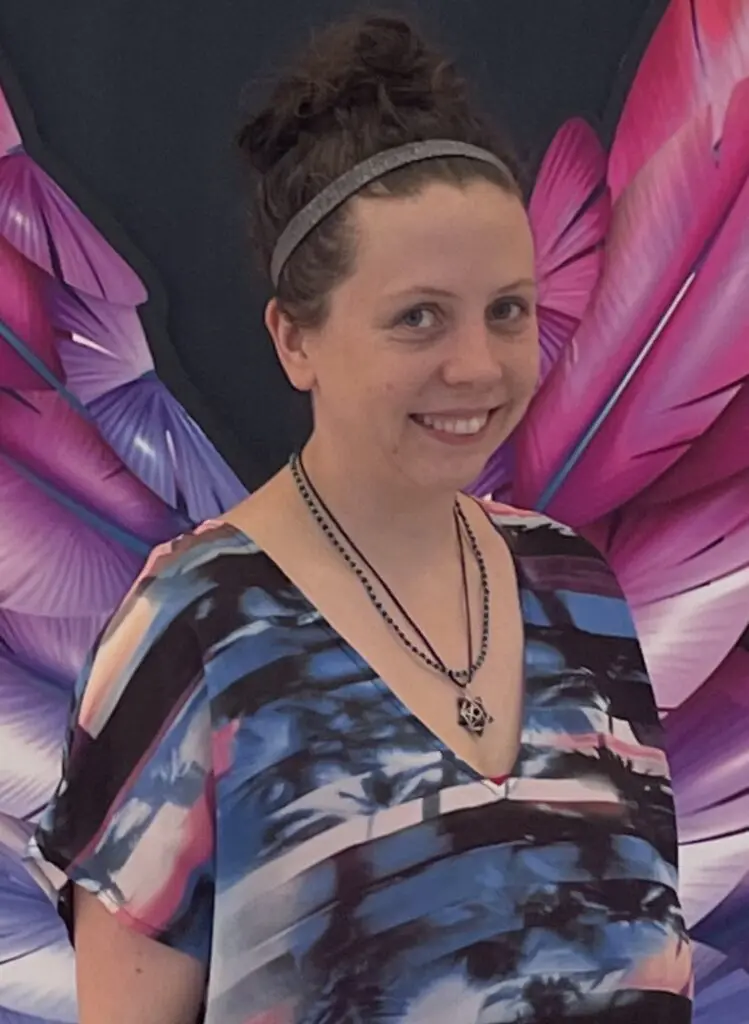
Meet The Author | Victoria Beck
Victoria has completed a few more than 30 orbits of the sun. During that time she has spent many hours doing yoga. She is an aspiring yoga teacher, currently enrolled for the September semester of the Uplifted YTT 200. She is a well read over thinker studying astrology, ayurveda, and tarot.
Next Steps
- Take my History of Yoga Course to learn all about yogic principles and how they are applied to daily life!
- Order my Yoga Life book for a practical guide to applying yogic principles to your life and constitution.
- Check out my Yoga Philosophy knowledge hub for more inspiring content
- Join Uplifted for exclusive content that you can access right from the app. Take a deep dive into your practice with me this year!
Experience 3 Training Videos from Inside My 200-Hour Online YTT

YOU MIGHT ALSO LIKE
- What is Kriya Yoga? The Philosophy and Practice
- Uddiyana Bandha: Tapping Into Your Deep Core
- 4 Reasons Hasta Bandha Is Essential To Your Yoga Practice
- Vitarka Mudra: What It Is and How Do You Use It?
- Shakti Mudra: What It Is and How Do You Do It?
- Garuda Mudra: What It Is and How Do You Use It?
- Kali Mudra: What It Is and How Do You Do It?
- Shunya Mudra: What It Is and How Do You Do It?
- Varuna Mudra: What It Is and How Do You Use It?
- Vayu Mudra: What It Is and How Do You Use It?
- Samana Vayu: The Energy of Balance & How to Access It
- Apana Vayu: The Energy of Release & Surrender
- Udana Vayu: The Ascending Wind
- Prana Vayu: The Breath of Vitality
- Vyana Vayu: The Energetic Secret to Flow
Learn how to do 11 of the most popular yoga poses correctly. Free video + PDF download.


